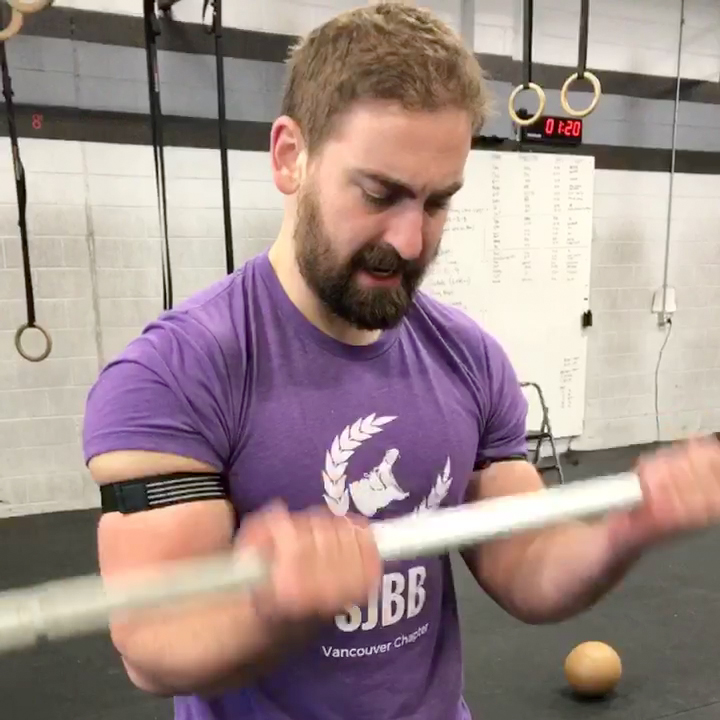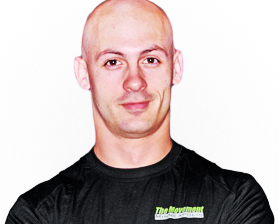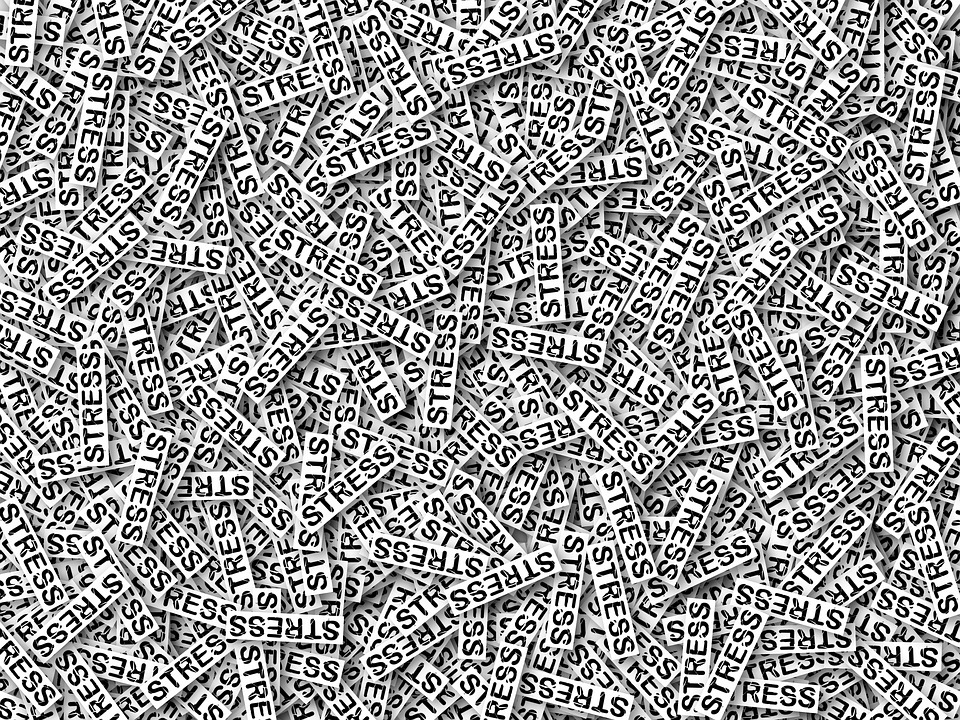
Here’s a funny thing about fitness:
We don’t know how muscle grows.
Sure, we have some good ideas as to what conditions create muscle growth, or hypertrophy, and bodybuilders have been using these method for centuries at a minimum to build bigger muscles.
But no one actually understands the full depth and breadth of the interactions on a cellular level to the point where they can say definitively: this is how muscle growth occurs.
The closest thing that we really have to a map of the territory is Brad Schoenfeld’s seminal paper, “The Mechanisms of Muscle Hypertrophy.” Read the paper if you like, but the conditions can be summarized and memorized very easily:
- Mechanical Tension: The muscles lengthened under load.
- Muscle Damage: Micro-traumas to the muscle tissue.
- Metabolic Stress: Byproducts of muscle energy utilization build up in the muscle.
When you have one or more of these conditions the result is that the muscle grows. Really, it’s as simple as that.
Therefore, it stands to reason that if you can increase one of those factors, you might get more hypertrophy. Might.
In the 1970s a young Japanese man started experimenting with restricting blood flow return in the hopes of increasing the build-up of metabolites and stimulating greater muscle growth. As the story goes he applied his techniques very successfully when he underwent knee surgery for torn ligaments and after six months in a plaster cast his muscles hadn’t atrophied at all thanks to his protocol. He later went on to study the method at the University of Tokyo where it was dubbed “Kaatsu training.”
The broad strokes are simple: Restrict return blood flow around the muscle group, and then perform a lot of relatively light reps to build up metabolites.
For reasons that should be fairly obvious this works best on discrete muscle groups that are easy to occlude, like the arms or legs. It would be hard to do on your lats.
Now this is where I have to tell you I have always been extremely hesitant and critical of BFR training. The weight of evidence is clear that it is effective. In short, it works. But the reality of occluding blood flow is always going to increase risk, and the limited nature of the body of research may not fully amortize the risks in a wider population. I would suggest you pursue this method with extreme care. I would argue that it’s abnormal to occlude blood flow beyond what is caused by the swelling of muscle under normal training circumstances, and there may be second-order effects that haven’t been picked up. Personally, I would never use this with clients. Additionally the risk of injury or damage under improper execution is extreme, and as with any complex procedure there is always risk that someone will screw it up.
Now that you know where I stand on it, and you are taking your own personal responsibility and making an informed decision, here’s how to do it:
The Method
You’ll need a way to occlude blood flow. What prompted this little experiment was a Dutch company launching a Kickstarter for inexpensive and very functional BFR straps sending me a pair to try out. I have no financial ties or incentive with the company, but I can tell you they work and the price is fair for a tool that makes it easier. You could use any old gym band, but it can be extremely uncomfortable to get the tension right.
Speaking of tension, the goal is a 7 out of 10, where 10 would be extremely painful and completely constricting bloodflow. If your limbs get tingly or numb it is too tight.
One way to approach it is to superset opposing muscle groups and then do three sets of 30-15-15 reps. So like in the video you might start with curls, do tricep extensions, and then go back to curls.
You do this in one continuous set, paying attention to keeping a slow-ish methodical tempo throughout. Obviously if you’re starting with a set of 30 you’re going to want to go pretty light. The goal here is not to create a ton of mechanical tension, it’s simply to build up those metabolic byproducts.
When you’ve completed all 60 reps, release the cuff. Don’t release it in between.
Here’s a short video of an arm session with the Marshall Roy the other day:



